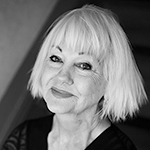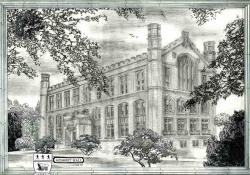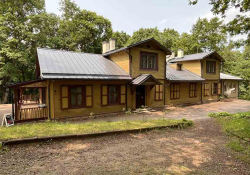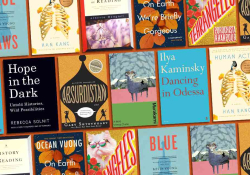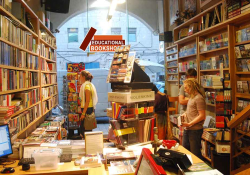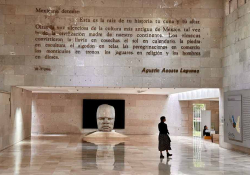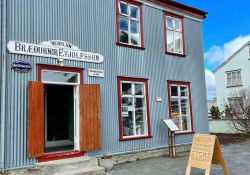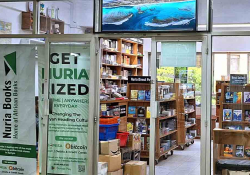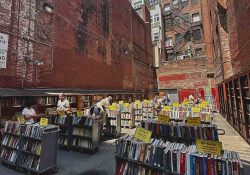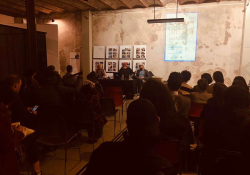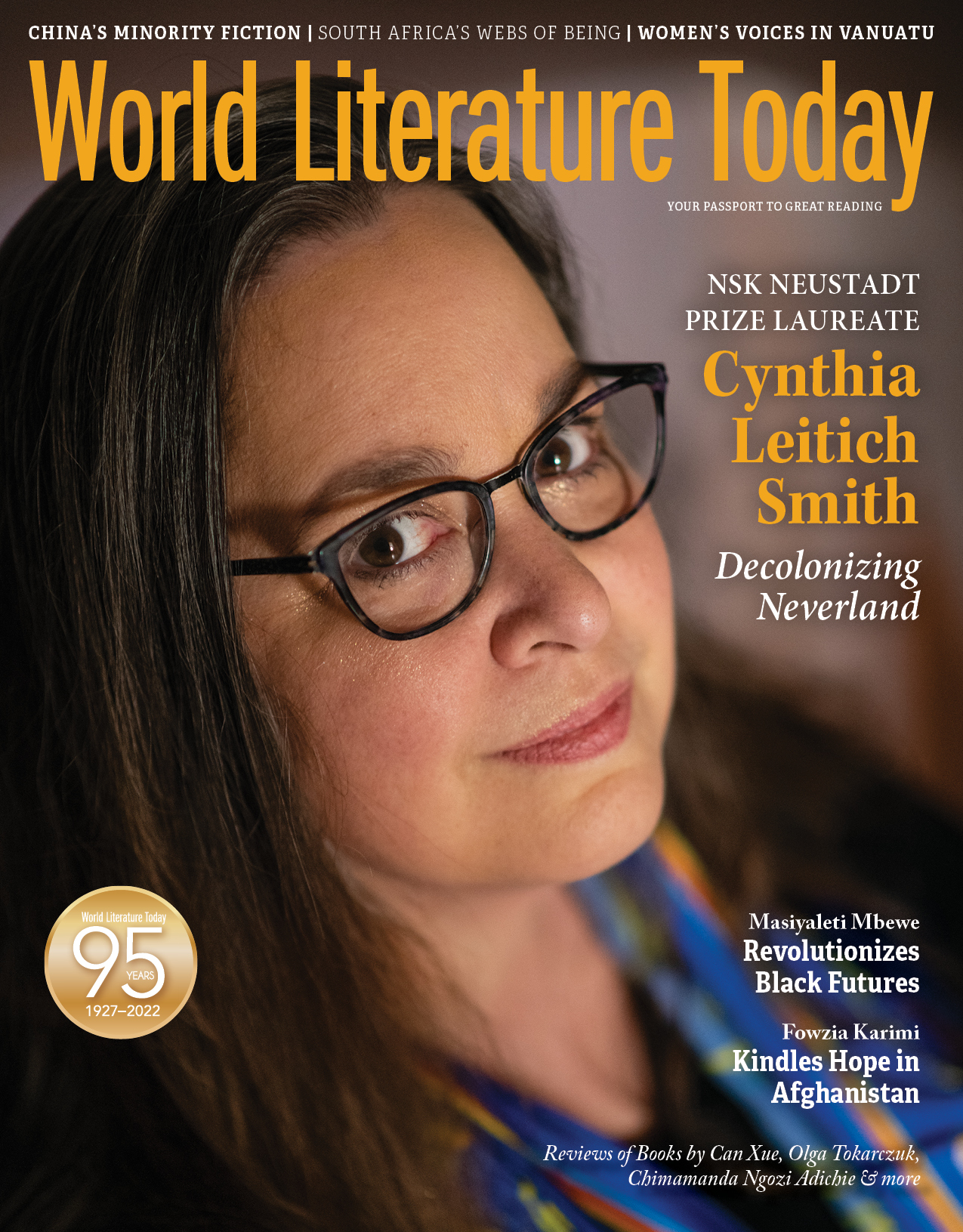Muzeum Susch

IT IS MY BIRTHDAY; I am seventy-one. I am celebrating with two friends by visiting my favorite museum, Muzeum Susch. Opened in 2019 in a tiny village called Susch way up in the mountains of Graubünden, Switzerland, on the banks of the River Inn, Susch is on a pilgrims’ path to Rome and Santiago de Compostela and is situated halfway between St. Moritz and Davos.
The Muzeum Susch was created by the Polish entrepreneur and art collector Grażyna Kulczyk. In an interview with Artnet, she said that she aimed to do something “different and disruptive, to encourage a ‘slow-art’ approach to appreciating art in a contemplative, quiet context.” The museum also hosts discussions and has a performance program promoting experimental choreography. It provides artist residencies and houses a research institute investigating the role of women in the arts and sciences.
When I first read how Grażyna Kulczyk had carved this jewel of a museum out of stone, creating a museum like no other, in the middle of nowhere, I jumped onto a train and made a beeline for Susch and have been back many times since. Susch is a “request stop” (Halt auf Verlangen) on the train’s Scuol–Tarasp route. For the train to stop there, one must press a large red knob. There is no station platform at Susch, and one must alight the train by carefully stepping down a little ladder of narrow metal steps attached to the car. From there, it’s a walk down a winding street until the cobbled path peels off into the gallery’s reception.
The museum is a labyrinth of pleasures, with site-specific installations, twists and turns of corridors, side rooms, local wood sourced from surrounding forests, surprises, rooms carved out of ancient rock, and visible remnants of the old monastery. The floor-to-ceiling windows offer a view of the mountains so panoramic and breathtaking that I have often stood in awe, feeling that I am in another reality.
To one side of the reception is an installation from the Argentine artist Adrián Villar Rojas: a rectangular totem block, a monolith created from snail shells, sands, corals, and animal bones. These are interspersed with resin, seeds, birds’ nests, minerals, sneakers, and clay objects, making this compressed juxtaposition of unrelated objects tell its own story. Another installation on the same level of the museum is the work of the renowned Polish fiber artist Magdalena Abakanowicz. One walks down stone steps into it, and in so doing one becomes part of the “flock,” some twenty life-size headless figures, standing at the ready with square shoulders, all facing me. I feel overwhelmed each time I see this profound work. The curved ceiling reflects yellow arcs of light thrown up onto it. The exhibition space is small and intimate, carved out of what remained of its previous form. Sometimes I can be alone there with these figures, so powerful and silent, and can enter a form of meditation with them before the arrival of visitors breaks the spell.
There are other meditative spaces in the museum that form a dialogue with the observer and the observed—a dark rock face with water lightly dripping down its surface, reflecting the available light in its rivulets, as it runs into a pool below. One can sit in near-darkness on a wooden bench, facing the rock wall, and listen to the soft music of its trickling waters.
We spend time in the current exhibition that runs through several rooms, titled Body Double, a retrospective exhibition of the Belgian pop-surrealist Evelyne Axell (1935–1972). The museum brochure tells us that “as an active witness of the era of sexual liberation, Axell focused on a female body freed from past conventions of depicting femininity.” I am overwhelmed by the visual images and sometimes must stop and look at a blank wall to steady myself. I sense a rush of new thoughts and inspiration on this day of my birthday.
